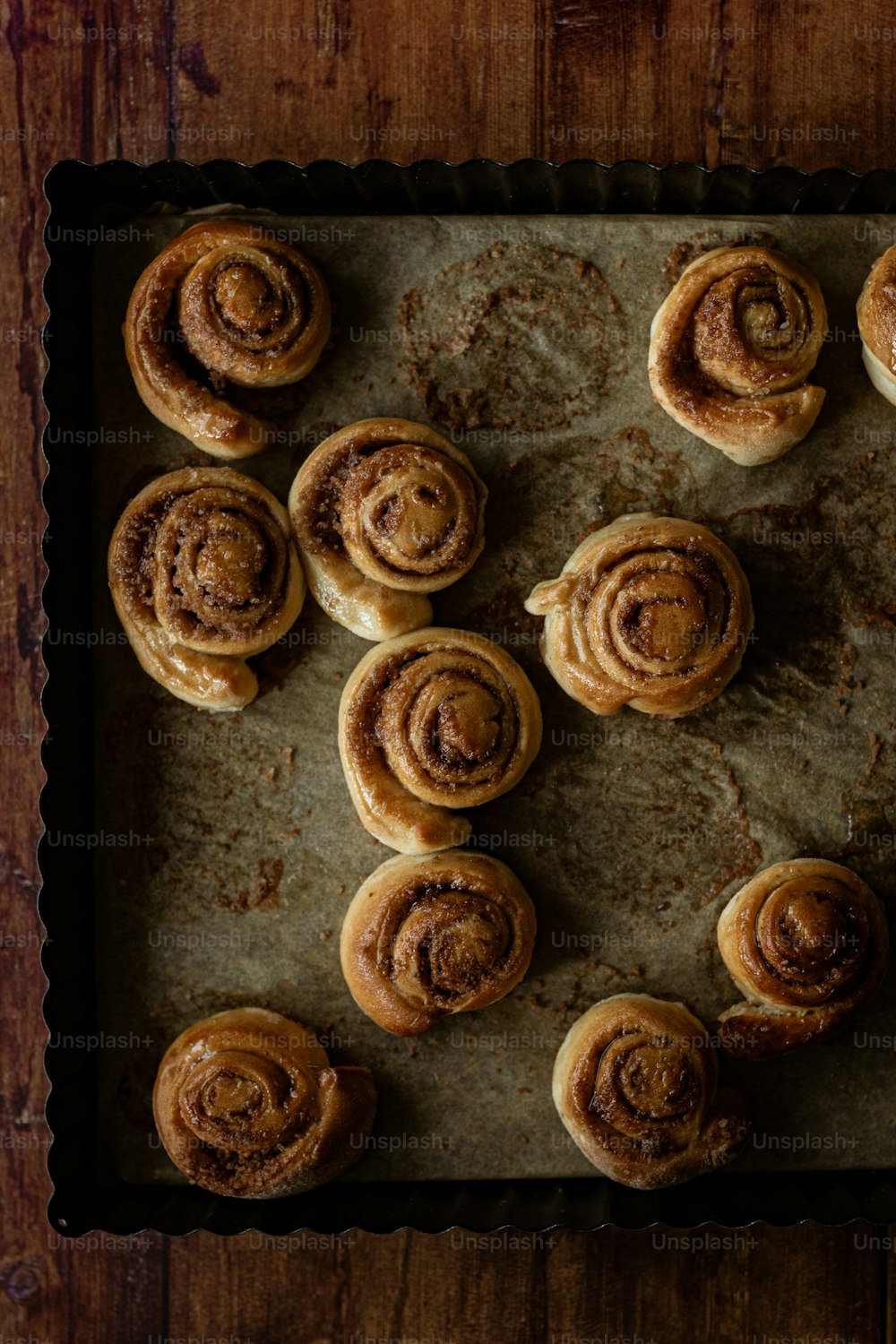
Food photography is a captivating art form that requires more than just a camera and a dish. This guide will walk you through the process, from the technical aspects to the creative details, to help you capture mouthwatering images.
Understanding the Basics of Food Photography
Food photography is all about bringing out the best in your dishes, making them look as tantalizing as possible. Whether you’re photographing for a blog, a cookbook, or a restaurant menu, you’ll want to make the food look appealing and appetizing.
Essential Tools for Food Photography
While a good camera is critical, there are other essential tools you’ll need to take great food photos:
- Camera: The best camera is the one you own. However, a good entry-level DSLR will provide excellent image quality and professional features.
- Lenses: The lens is the most important part of your camera. For food photography, a prime normal lens is recommended.
- Lighting: Natural light from a window provides the best lighting for beginner food photographers. Avoid using direct sunlight or artificial lights.
Technical Aspects of Food Photography
To master food photography, you need to understand three key technical aspects:
- ISO: This determines how sensitive your camera sensor is to light. For food photography, an ISO range of 100-800 is recommended.
- Aperture: This controls how wide the lens opens to let in light. The aperture affects the depth of field, determining how much of the photo is in focus.
- Shutter Speed: This is how long the camera’s shutter remains open. It’s essential to balance shutter speed with ISO and aperture to get a well-exposed photo.
Food Photography Techniques
Now that you’ve got the technical stuff sorted, let’s move on to the practical techniques for taking enticing food photos.
Lighting in Food Photography
The best lighting for food photography is natural light, ideally from a window. Avoid direct sunlight as it can cause harsh shadows and overexposure. Turn off all artificial lights to prevent conflicting light sources.
Angles in Food Photography
There are three main angles to consider in food photography: overhead, perspective, and side view. Overhead shots are great for flat dishes and foods with interesting shapes or patterns. Perspective shots are ideal for dishes with height. Side view shots work well for layered dishes like lasagnas or cakes.
Styling Your Food
Food styling is an essential part of food photography. Here are a few hard and fast rules for making your food look good:
- Make glossy food look glossy.
- Stick to a color palette.
- Avoid monochrome.
- Be generous or sparing with garnishes.
- Plate your food as a portion for one.
Recreating a Professional Food Shot
Now let’s put everything together and recreate a professional food shot. We’ll use a pasta dish as an example.
- Choose a recipe: Choose a recipe that’s visually appealing. Pasta is a great choice because it’s glossy, stable, and pretty.
- Set up your shot: Position your dish near a window with indirect sunlight. Turn off all artificial lights.
- Choose your angle: Depending on the dish, choose an overhead, perspective, or side view angle. For this pasta dish, an overhead shot works best.
- Style your food: Consider the background, plating, cutlery, linens, and color palette. Make sure the food is glossy and the garnishes are generous.
Wrapping Up
Food photography is an art that requires technical knowledge, creativity, and practice. Start with the basics, understand your camera and its settings, and experiment with different techniques. With time and practice, you’ll be able to capture stunning food photos that will make mouths water.
Bonus: Lens Giveaway
To help budding food photographers get started, we’re giving away two Nikon lenses perfect for food photography. The giveaway is open to residents of the US. Stay tuned for more details!
Recipe: 6-Ingredient Mushroom Pasta
Here’s a simple, delicious 6-ingredient mushroom pasta recipe to try out your new food photography skills.
Ingredients
- 2 tbsp olive oil
- 1 oz pancetta, thinly sliced
- 1/2 cup chanterelles, torn into small pieces
- 1 tsp fresh thyme (plus more for garnish)
- 3.5 oz pappardelle or fettucine
- 1/4 cup heavy cream
- 1/4 cup Parmigiano Reggiano cheese, grated
